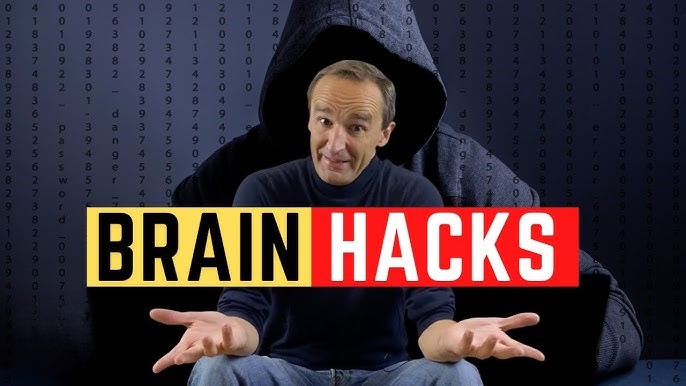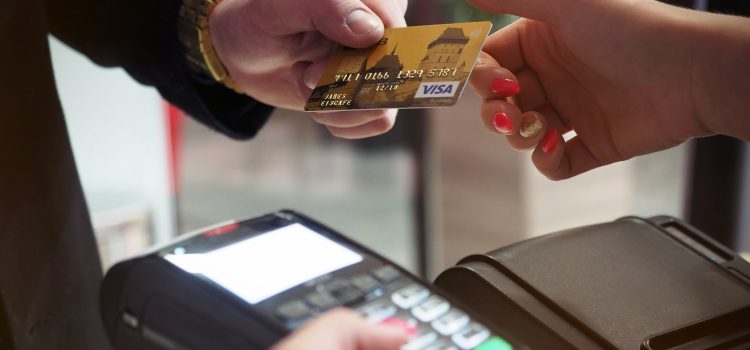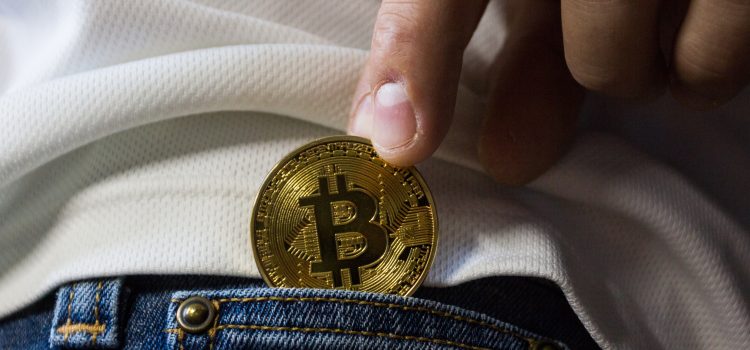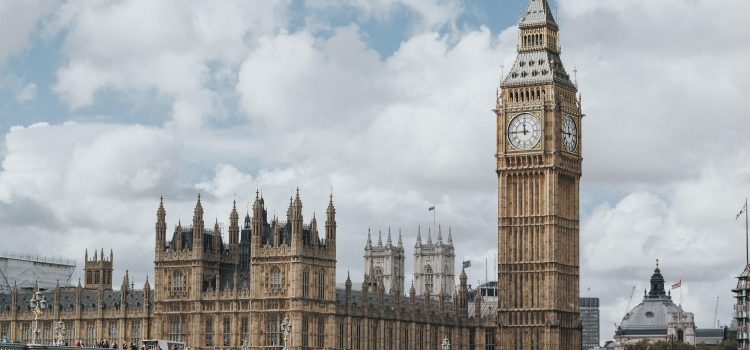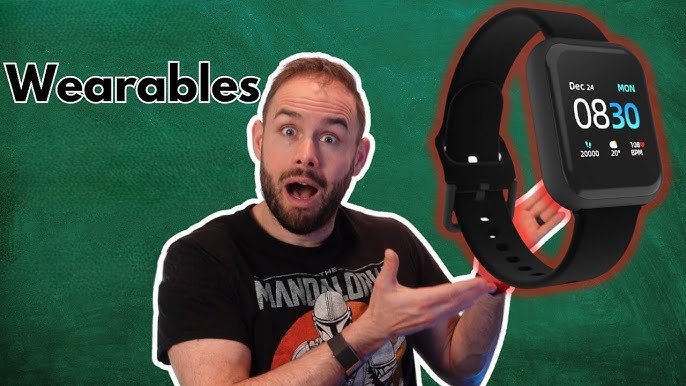
The pandemic has forced many people to stay home, leading to a decrease in physical activity. As gyms and other fitness facilities remain closed, people are turning to virtual exercise classes as a way to stay fit. Virtual exercise classes are popping up all over the world and they offer a convenient way to reach your fitness goals without having to leave your house. Furthermore, these classes can provide unique benefits that traditional gym workouts can’t—such as increased flexibility and personalized instruction. In this blog post, we’ll explore the benefits of virtual exercise classes and provide tips on how you can make the most of them while safely reaching your fitness goals from home.
The Benefits of Virtual Exercise Classes
Virtual exercise classes offer a number of benefits that make them an ideal way to reach your fitness goals from home. First, they provide a convenient and flexible way to workout, allowing you to fit exercise into your busy schedule. Second, they give you access to a wide variety of workouts so you can mix up your routine and avoid boredom. Third, they allow you to work out with friends or family members who live far away, making exercise more enjoyable and social. Finally, they can be more affordable than in-person classes, giving you the opportunity to save money while still getting a great workout.
How to Choose the Right Class for You
When it comes to choosing the right virtual exercise class for you, there are a few things you should take into consideration. First, think about your fitness goals. What are you hoping to achieve by taking an exercise class? Once you know what your goals are, you can start to narrow down your options.
Next, consider your schedule and how much time you have to dedicate to working out. Some virtual exercise classes are more intense than others and may require more time to complete. Choose a class that fits into your schedule and won’t be too much of a commitment.
Finally, take into account your fitness level. There are many different levels of virtual exercise classes available, so find one that is appropriate for your current fitness level. This will help ensure that you get the most out of the class and don’t become overwhelmed or discouraged.
By following these simple tips, you can find the perfect virtual exercise class for you and reach your fitness goals from home!
What to Expect in a Virtual Class
When you take a virtual exercise class, you can expect a workout that is led by a certified instructor. The class will be designed to challenge you and help you reach your fitness goals. Virtual classes are a great way to get in a workout when you cannot make it to the gym.
Tips for Getting the Most Out of Your Class
- Get organized: Make sure you have everything you need for your class before it starts. This includes any props or equipment you may need, as well as a clear space to work in.
- Set up your space: Choose a spot in your home that has good lighting and is comfortable to work in. You should also make sure there is enough space around you to move freely.
- Warm up: It’s important to warm up your body before starting any type of exercise class. A few simple stretches or jumping jacks will do the trick.
- Pay attention to the instructor: In a virtual class, it can be easy to get distracted by other things going on around you. Try to focus on the instructor and what they are saying so you can get the most out of the class.
- Take breaks as needed: If you start to feel tired or like you can’t keep up, don’t be afraid to take a break. You can always jump back in when you’re ready.
Conclusion
Virtual exercise classes are an excellent way to reach your fitness goals from the comfort of your own home. Not only do you have access to a wide variety of workouts, but you also have the ability to connect with fellow exercisers and stay motivated to pursue your goals. With virtual exercise classes, there’s no excuse not to keep up with your workout routine—so why wait any longer? Start now and start seeing results!


